The Cultural and Identity Significance of Music: Exploring Lullabies as a Universal Expression

Music, with its profound ability to transcend boundaries and communicate emotions, stands as a powerful vehicle for cultural expression and identity. Among its myriad forms, lullabies emerge as a captivating example, weaving through diverse cultures worldwide, echoing the shared experiences of humanity and nurturing the unique identities of communities. From the serene melodies sung softly in a mother’s embrace to the rhythmic chants resonating through generations, lullabies encapsulate the essence of cultural heritage.
Across continents and centuries, these tender songs have served as a universal language, soothing infants to sleep while carrying the narratives of their respective cultures. In delving into the rich tapestry of lullabies, one encounters a mosaic of melodies, each reflecting the nuances of its cultural milieu. In the heart of Africa, the rhythmic beats of traditional drums intertwine with melodic chants, enveloping infants in the warmth of their heritage. Similarly, in the highlands of the Andes, the haunting melodies of pan flutes mingle with soft lullabies, mirroring the landscapes that cradle their communities.
Moreover, lullabies serve as passage of oral tradition, transmitting values, beliefs, and histories from one generation to the next. Within indigenous communities, these songs encapsulate ancestral wisdom, fostering a profound connection to the land and the spirits that inhabit it. Through the gentle repetition of words and melodies, children are initiated into the cultural narratives that shape their identities.
Furthermore, the universality of lullabies underscores the interconnectedness of humanity, transcending linguistic and geographical boundaries. These melodies echo the shared experiences of parenthood and love.
In essence, lullabies epitomize the multifaceted nature of music as a cultural and identity marker. As guardians of tradition and bearers of emotion, these tender songs serve as channel of cultural heritage, nurturing the unique identities of communities worldwide. Thus, in embracing the universal language of music, we celebrate the richness of diversity and affirm the enduring bonds that unite us all.
How does all of this connect in music education in an international and open-minded school environment?
During the “Global perspectives” unit, Y2 students were asked to bring from home some examples of lullabies that their parents and grandparents used to sing to them or still sing to younger siblings. The goal was to outline some characteristics that could be found in all or most lullabies around the world, focusing on the lyrics but also on the atmosphere that these songs create. Most of them had at least one example they were proud to share with the class.
Using iPads, students then had to access a lullabies website and search for two examples of lullabies. After listening to them and reading the lyrics, they had to analyse them, trying to find if some current words were present despite the different origins.
Ultimately, focusing more on the purely musical aspect, the children learned a Mexican lullaby on the xylophone, learning the words and focusing on the duration of the notes, a topic then discussed and further explored later on.
The author
Anna began playing the piano at the age of seven and has been dedicated to music ever since. She graduated in classical piano from the Conservatory of Music in Castelfranco Veneto (Treviso) and has taught private piano lessons for many years, working with students of all ages, from young children to adults. She also performs as an alto in a professional choir. Her academic background combines her love for music with a deep commitment to education. Alongside her music studies, Anna earned a bachelor’s degree in Educational Sciences and a master’s degree in Pedagogical Sciences at IUSVE University in Venice. Her master’s thesis focused on the IB approach and the importance of soft skills in today’s society. She is currently expanding her expertise through music pedagogy courses based on the Orff approach. Anna joined our school in August 2021, initially supporting MYP and DP students with special educational needs. In the spring of 2022, she transitioned to her current role as a PYP Music Teacher.





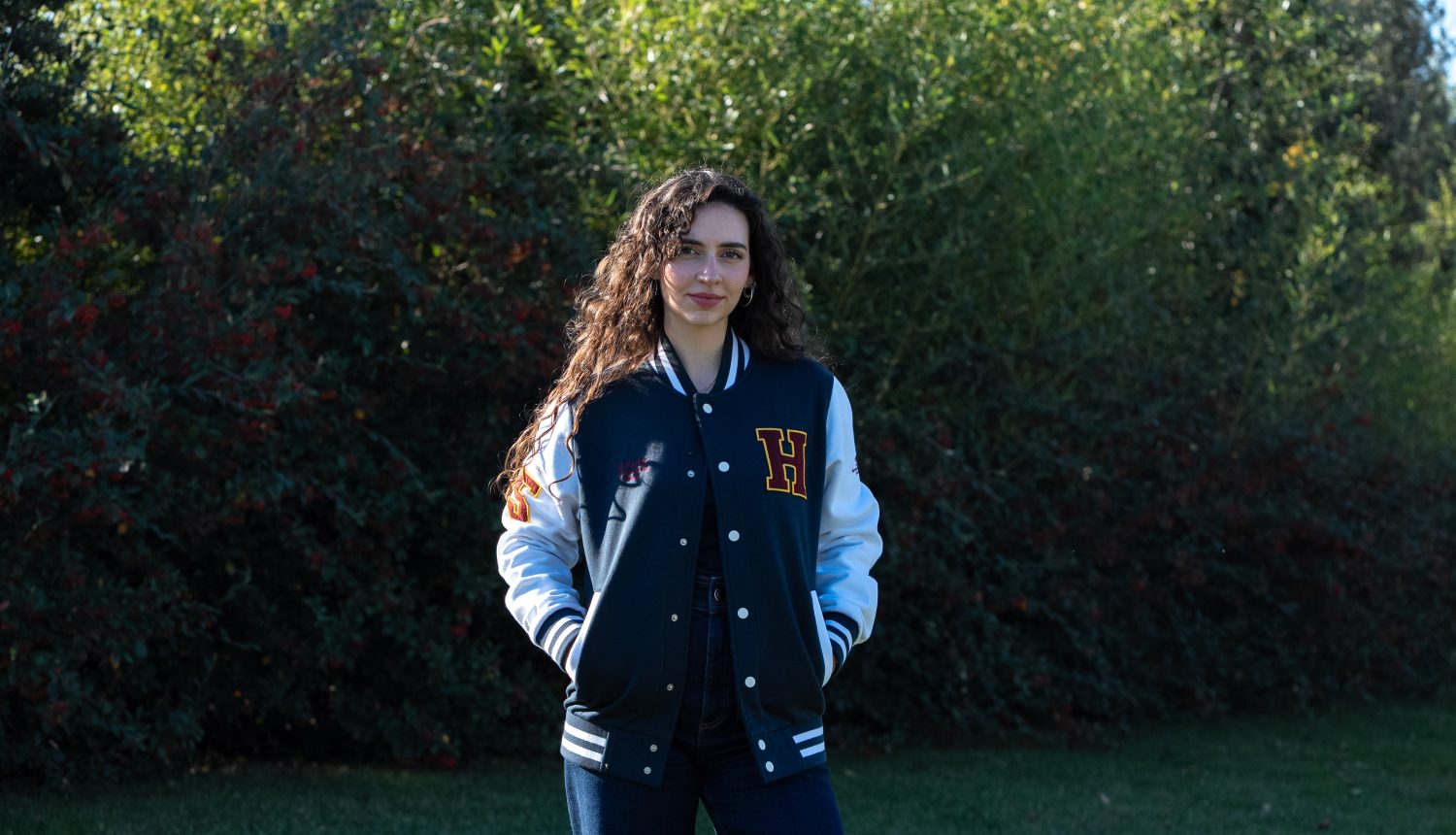

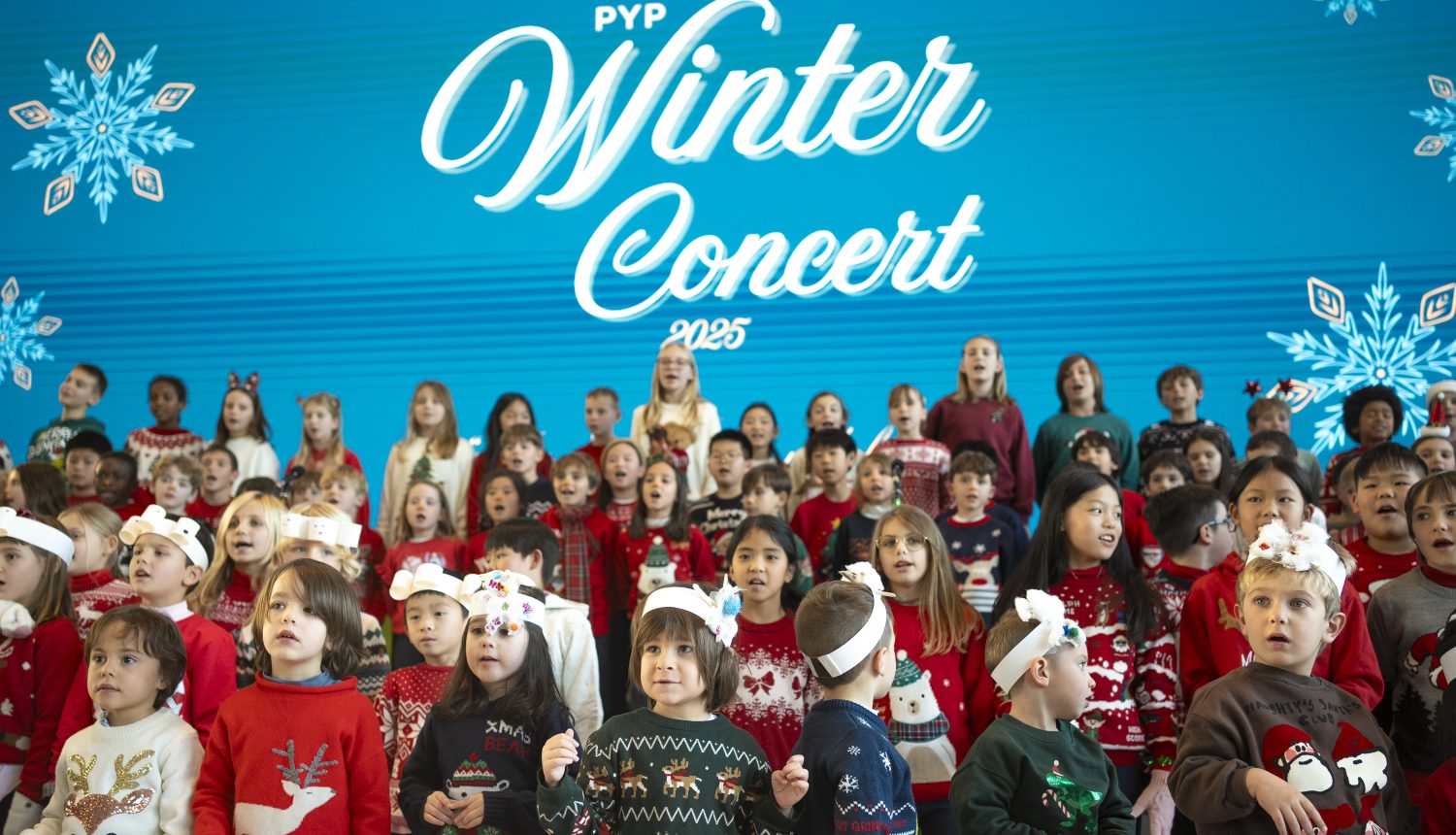
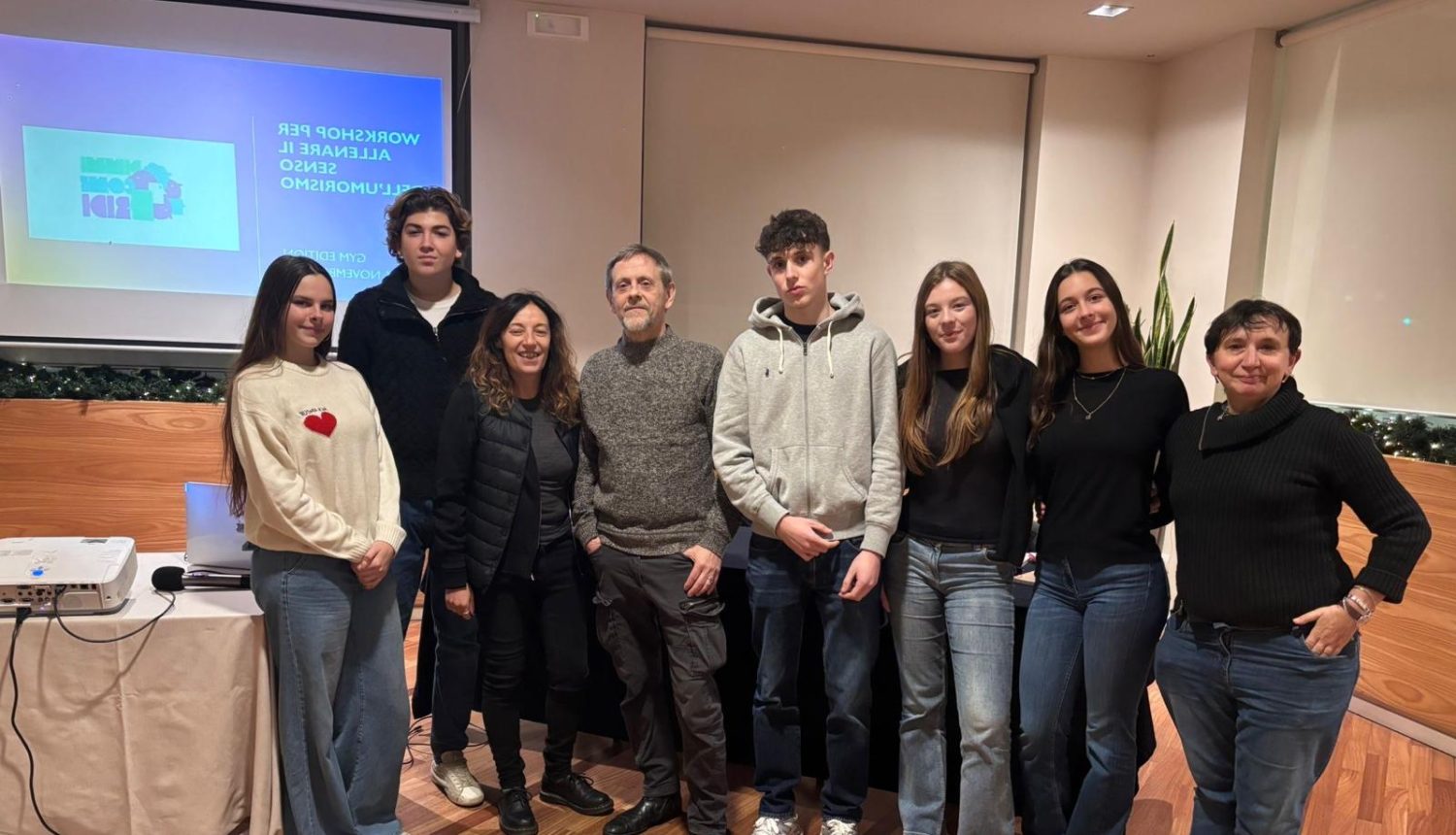
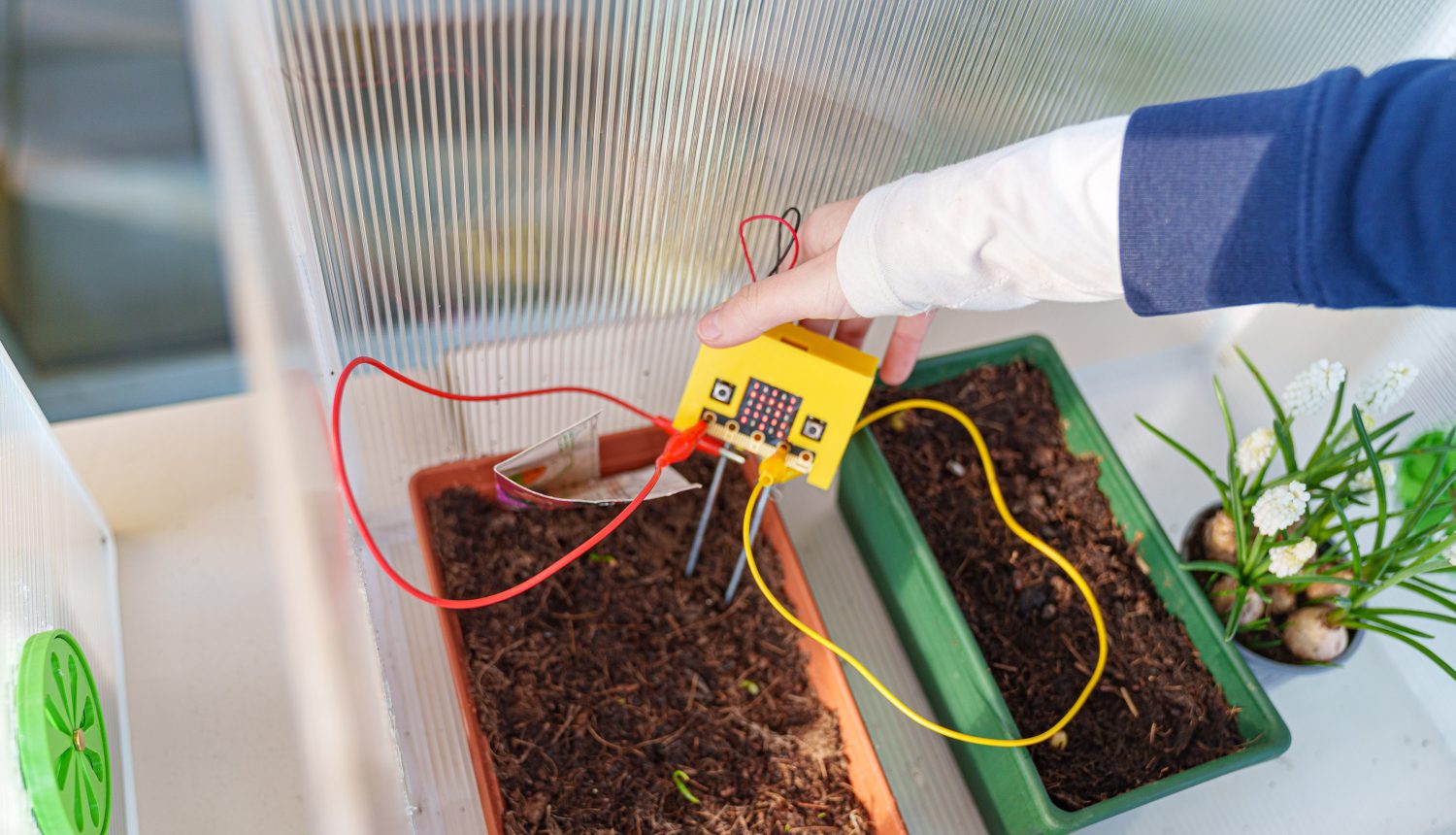
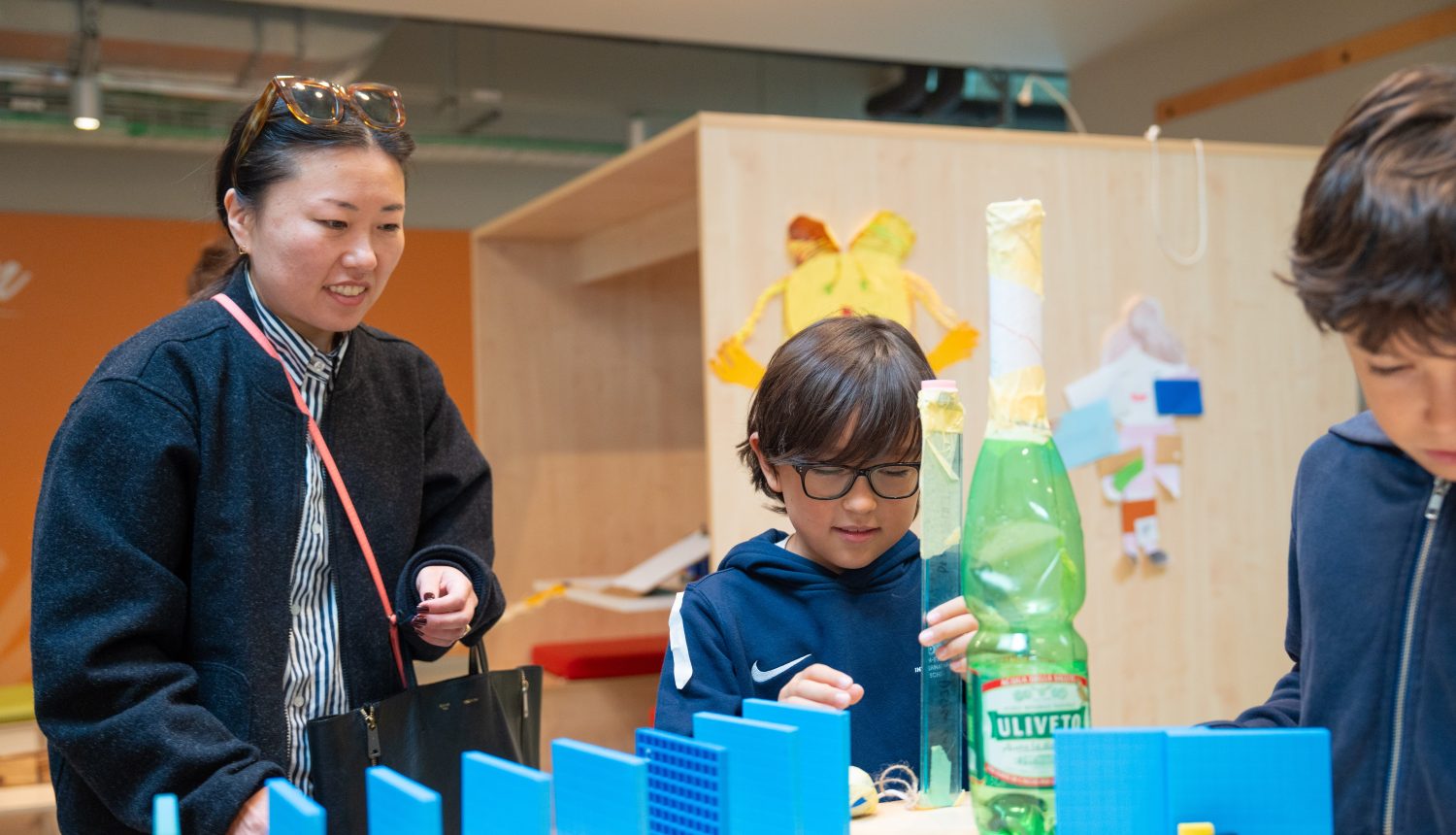
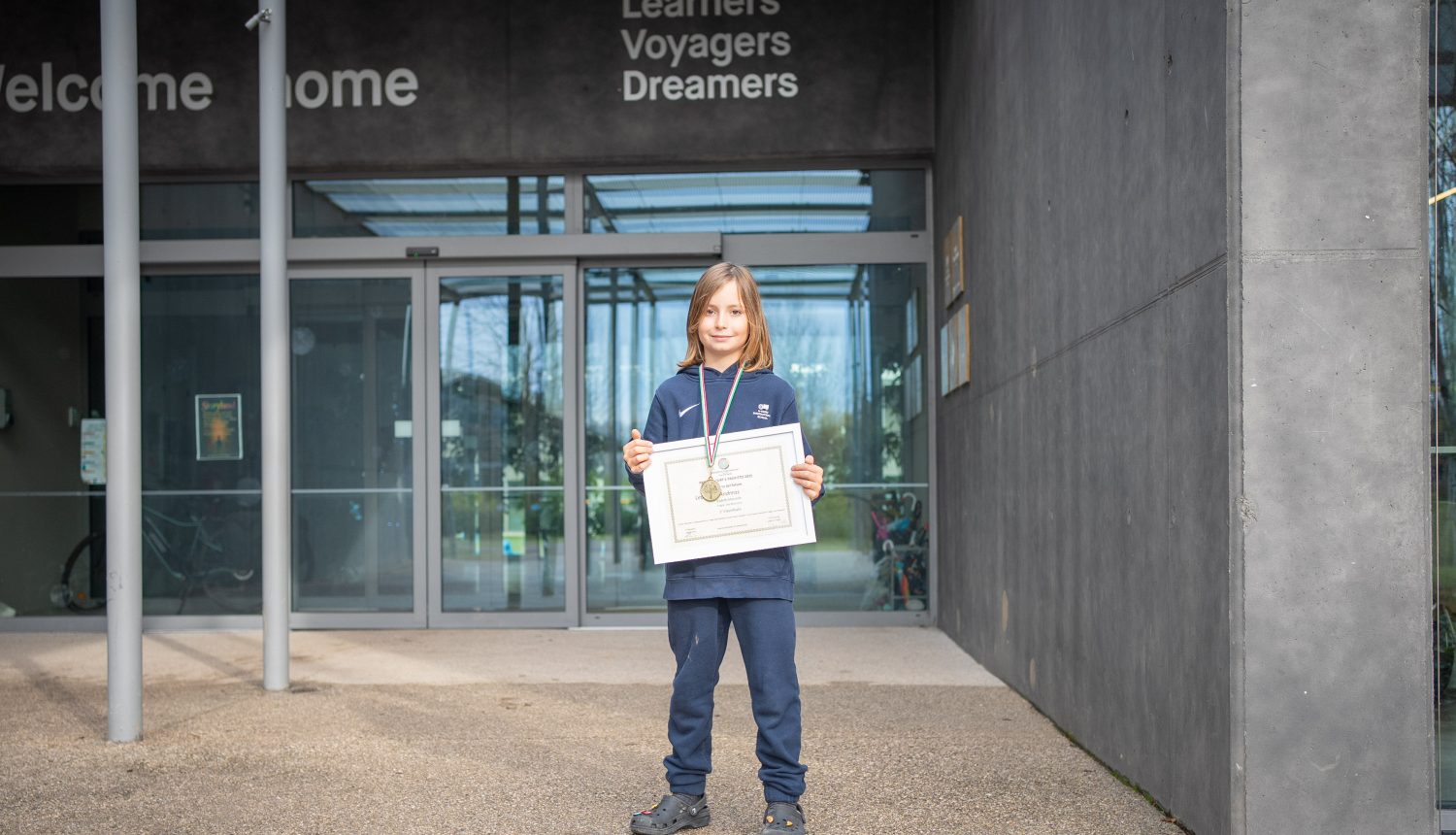

 Back
Back
